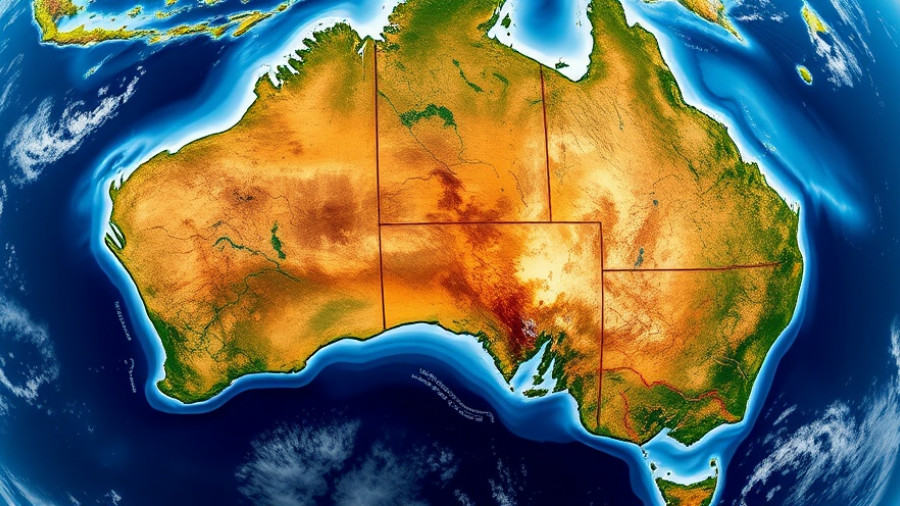
The Rise of High-THC Products in Australia’s Evolving Cannabis Landscape
In recent years, Australia has witnessed a significant shift in its medical cannabis sector with a notable increase in the demand for high-THC products. This surge isn't merely a trend; it reflects a deeper change in consumer preferences and prescriber practices, particularly as the Therapeutic Goods Administration (TGA) tightens its prescribing rules. Understanding this dynamic is crucial for executive cannabis professionals keen on navigating the shifting regulations and market demands.
The TGA's Tightening Reign: What Does It Mean?
As the TGA implements more stringent rules surrounding medical cannabis prescriptions, many industry players are left questioning the implications for product diversity and consumer access. These adjustments are aimed at ensuring patient safety and aligning with global best practices, but they also create an opportunity for companies specializing in high-THC products. Historically, high-THC cannabis has faced skepticism due to its potency, but recent research showcases its therapeutic benefits for various conditions, from chronic pain to anxiety disorders.
The Growing Demand for Therapeutics
What drives this increasing interest in high-THC products? Patient feedback and international case studies highlight the effectiveness of high-THC formulations in managing health issues. The growing acceptance of these products signifies a broader tendency toward recognizing cannabis as a legitimate therapeutic option. In particular, products like high-THC oils and dried flowers are becoming central to discussions around medical cannabis, suggesting that patients are embracing treatments that deliver higher dosages effectively.
Future Trends in Cannabinoid Therapy
The evolving landscape suggests several trends that executive professionals in the cannabis industry should monitor closely. Expectations around cannabinoid therapy are shifting toward personalized medicine, where high-THC products are prescribed following thoughtful patient assessments. As telehealth practices expand, remote consultations have broadened access for patients, allowing for more tailored treatments that include high-THC options. The industry's focus is gradually moving towards education and responsible prescribing, indicating a future where informed choices will become the norm for patients.
Understanding Consumer Behavior
The popularity of high-THC products is not just a product of regulatory changes but also reflects evolving consumer preferences. A more educated consumer base is advocating for efficacy over stigma, leading to more open conversations regarding high-THC cannabis. Executive cannabis professionals must embrace a narrative that resonates with this audience, emphasizing transparency, quality assurance, and the positive outcomes associated with high-THC products.
Reaping the Benefits of Adaptation
For companies in the cannabis industry, adapting to these shifting regulations and consumer preferences poses both challenges and opportunities. Navigating the tightening regulatory landscape requires vigilance and innovation. As companies formulate strategies to comply with new TGA guidelines, they can also leverage this moment to champion high-THC products by showcasing their unique therapeutic benefits. This harmonization of interests could pave the way for better patient outcomes and sustainable business growth.
As we look toward the future of medical cannabis in Australia, understanding the delicate balance between regulatory frameworks and consumer needs will be key. Keeping abreast of these changes allows industry leaders to position themselves strategically, providing patients with the access they deserve while advancing the dialogue around cannabis as a medicine.
Get involved in shaping the future of cannabis medicine by actively participating in industry discussions, advocating for responsible practices, and prioritizing patient education.
 Add Row
Add Row  Add
Add 




Write A Comment